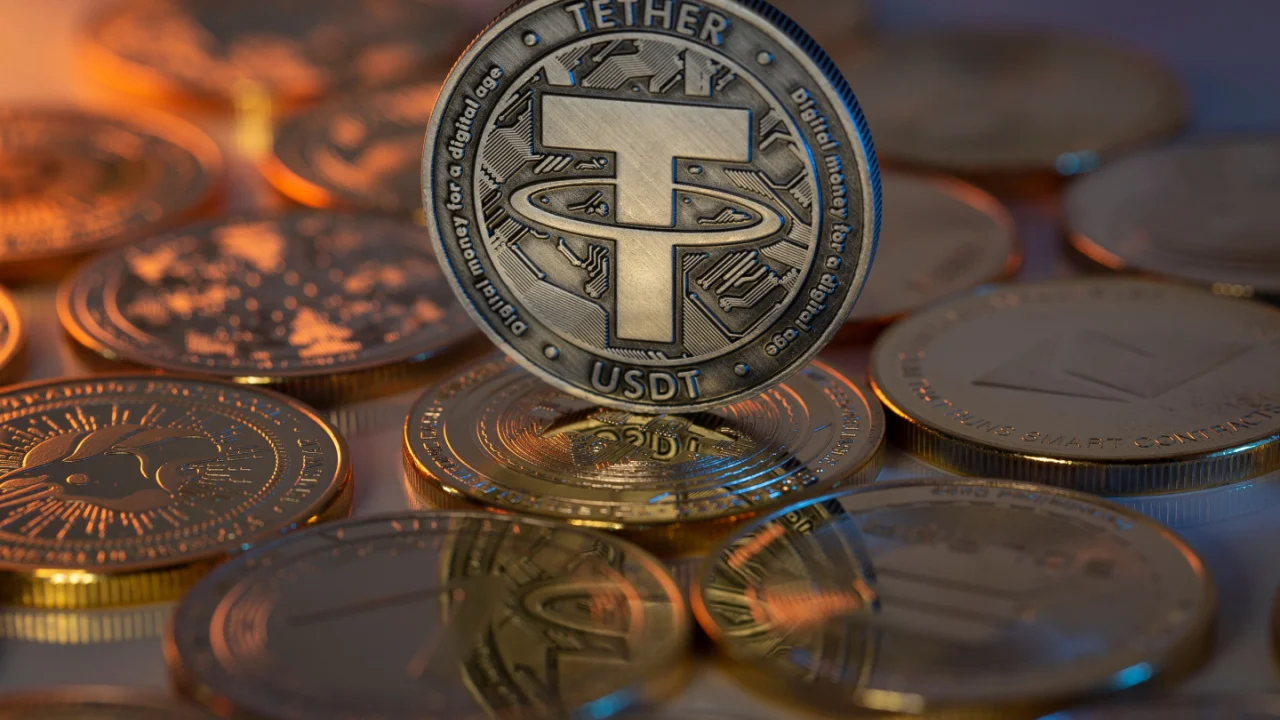Tether (USDT), the world’s leading stablecoin pegged to the US dollar, is playing a surprising role in the global financial system. According to Tether CEO Paolo Ardoino, USDT is a crucial tool for over 300 million people globally, particularly in developing economies.
Financial Lifeline for the Unbanked
Ardoino’s comments come in response to an article suggesting dollar-backed stablecoins like USDT contribute to US public debt demand. He argues USDT serves a far more critical purpose: financial inclusion for the underbanked.
“These people are underserved by the banking industry, mostly remaining unbanked and subject to high inflation and fast devaluation of their national currencies,” Ardoino wrote.
USDT offers a stable alternative, bypassing traditional financial systems and enabling efficient money transfers and storage. This highlights the growing role of cryptocurrencies in bridging the gap for the unbanked population, estimated at over 1.7 billion people worldwide.
Tether’s Growing Influence
The massive user base of USDT translates to significant financial clout. With over 300 million users, Tether’s reach surpasses entire countries like Indonesia, Pakistan, and Nigeria. This user base also makes Tether a major player in the US Treasury market.
Ardoino revealed Tether is among the top three purchasers of short-term US Treasury Bills, reflecting its growing influence. Tether’s Q1 attestation report confirms this, with holdings exceeding $90.87 billion in US Treasuries as of March 31, 2024.
Stablecoin Dominance and Regulatory Scrutiny
USDT’s market capitalization towers over other stablecoins, exceeding a staggering $1 trillion. CoinMarketCap data shows USDT is the most traded cryptocurrency, even surpassing Bitcoin. Additionally, a Chainalysis report highlights the steady rise of USDT adoption in emerging markets like Nigeria, Turkey, and Brazil.
Despite its dominance, Tether faces regulatory scrutiny. Ripple CEO Brad Garlinghouse recently suggested potential US government targeting of USDT, a claim Ardoino firmly refutes.
Tether’s story underscores the multifaceted nature of stablecoins. While regulatory issues remain, USDT’s undeniable impact on financial inclusion and its growing role in traditional finance cannot be ignored.
Disclaimer: The information in this article is for general purposes only and does not constitute financial advice. The author’s views are personal and may not reflect the views of Chain Affairs. Before making any investment decisions, you should always conduct your own research. Chain Affairs is not responsible for any financial losses.

